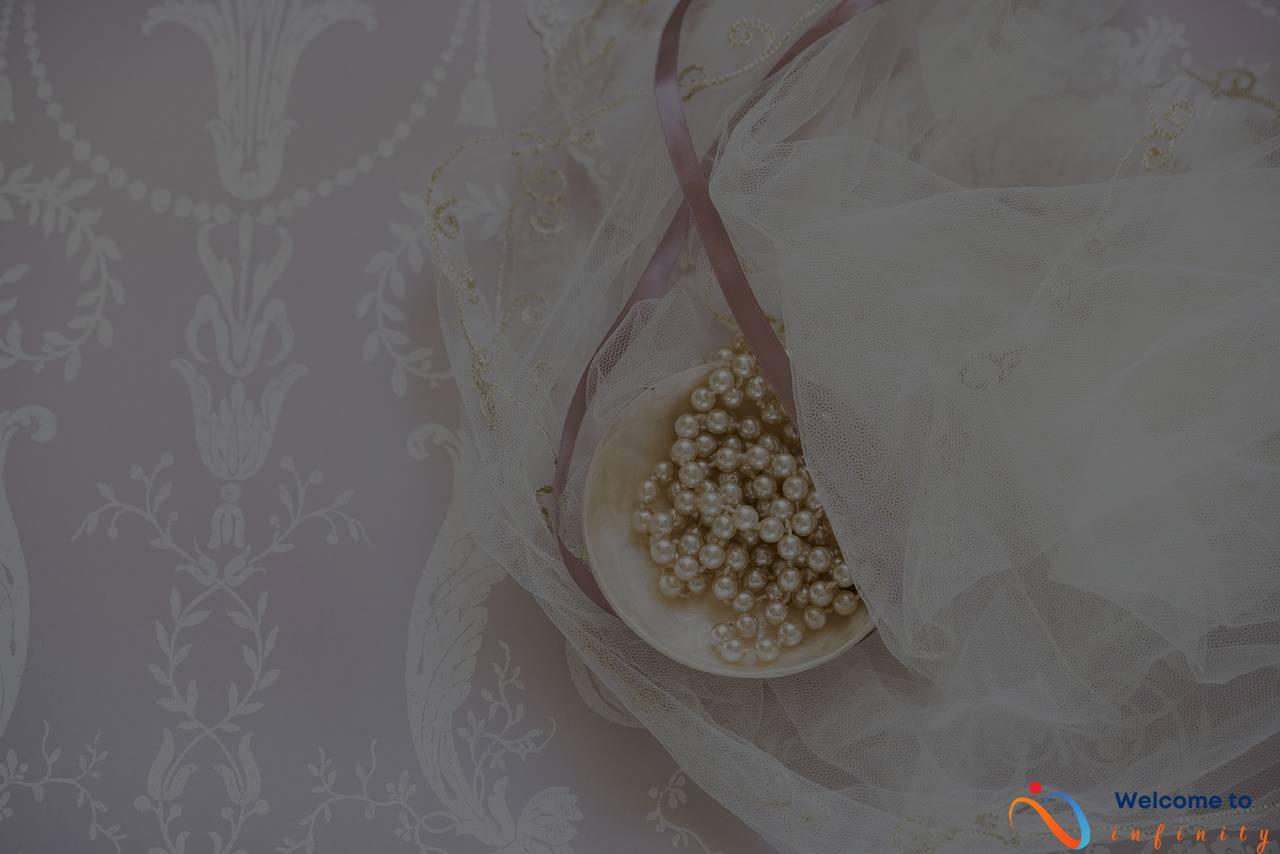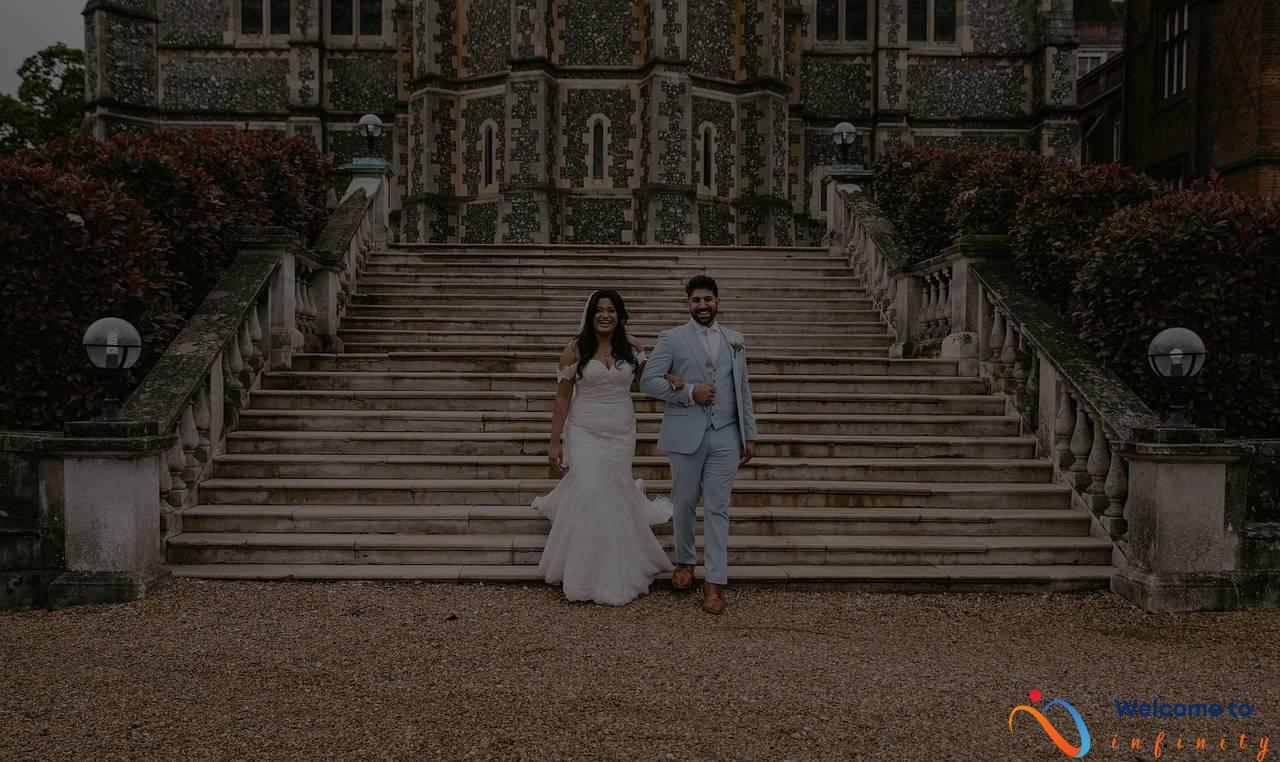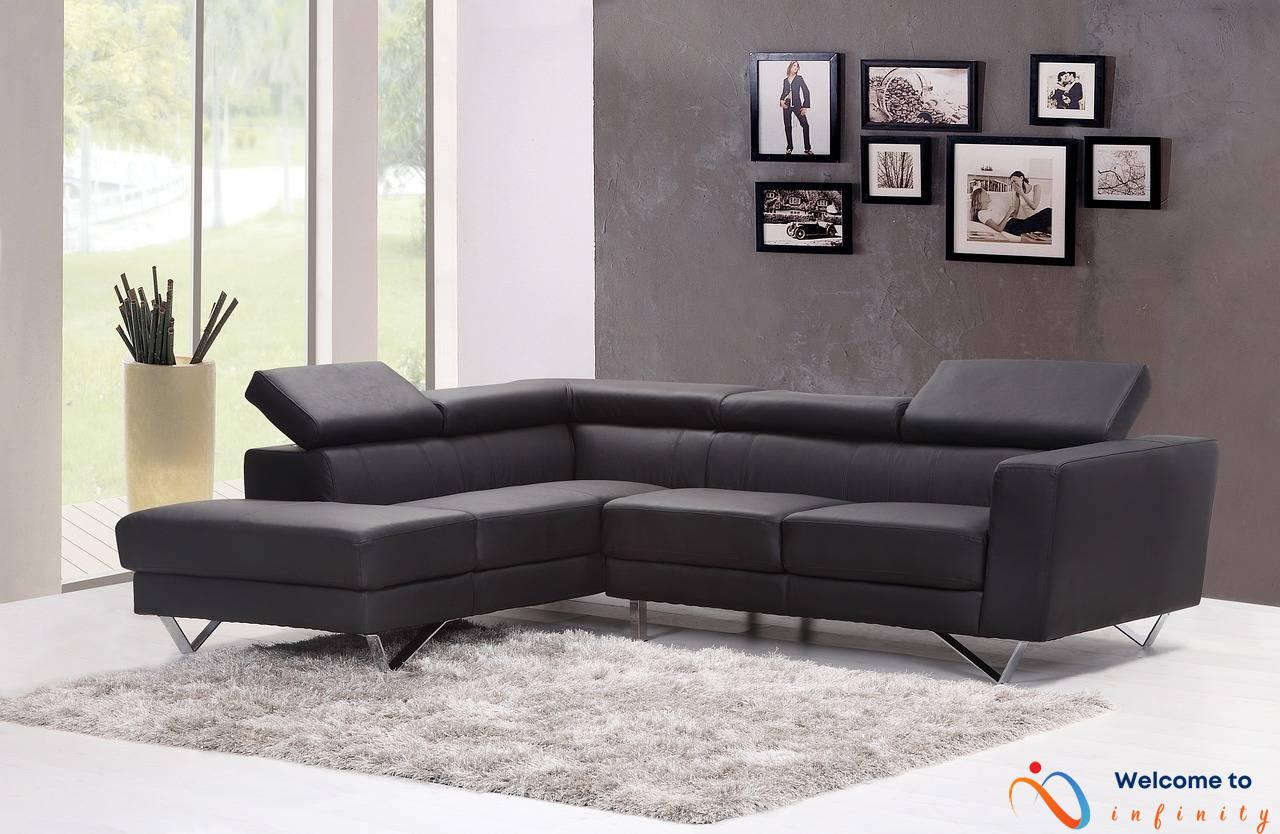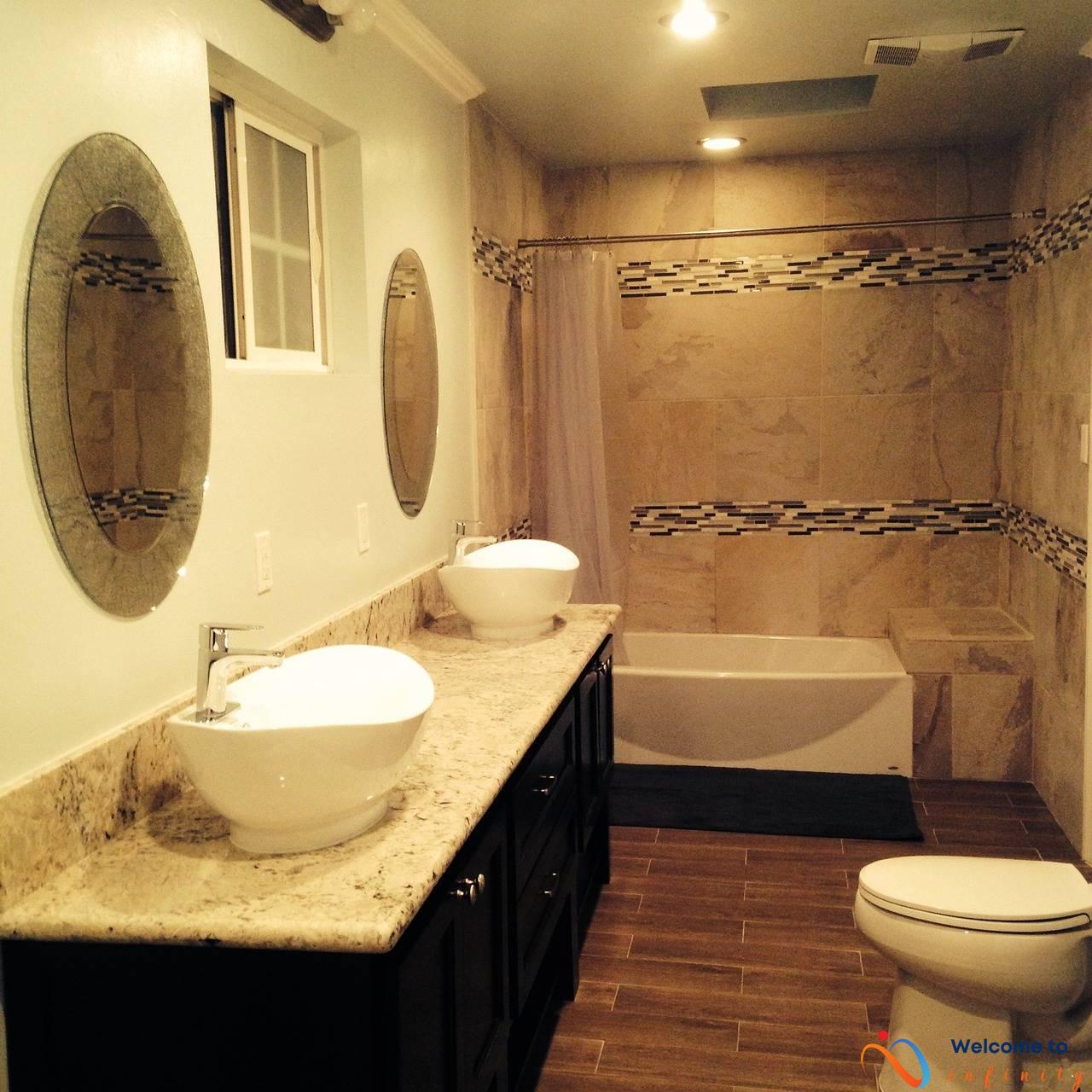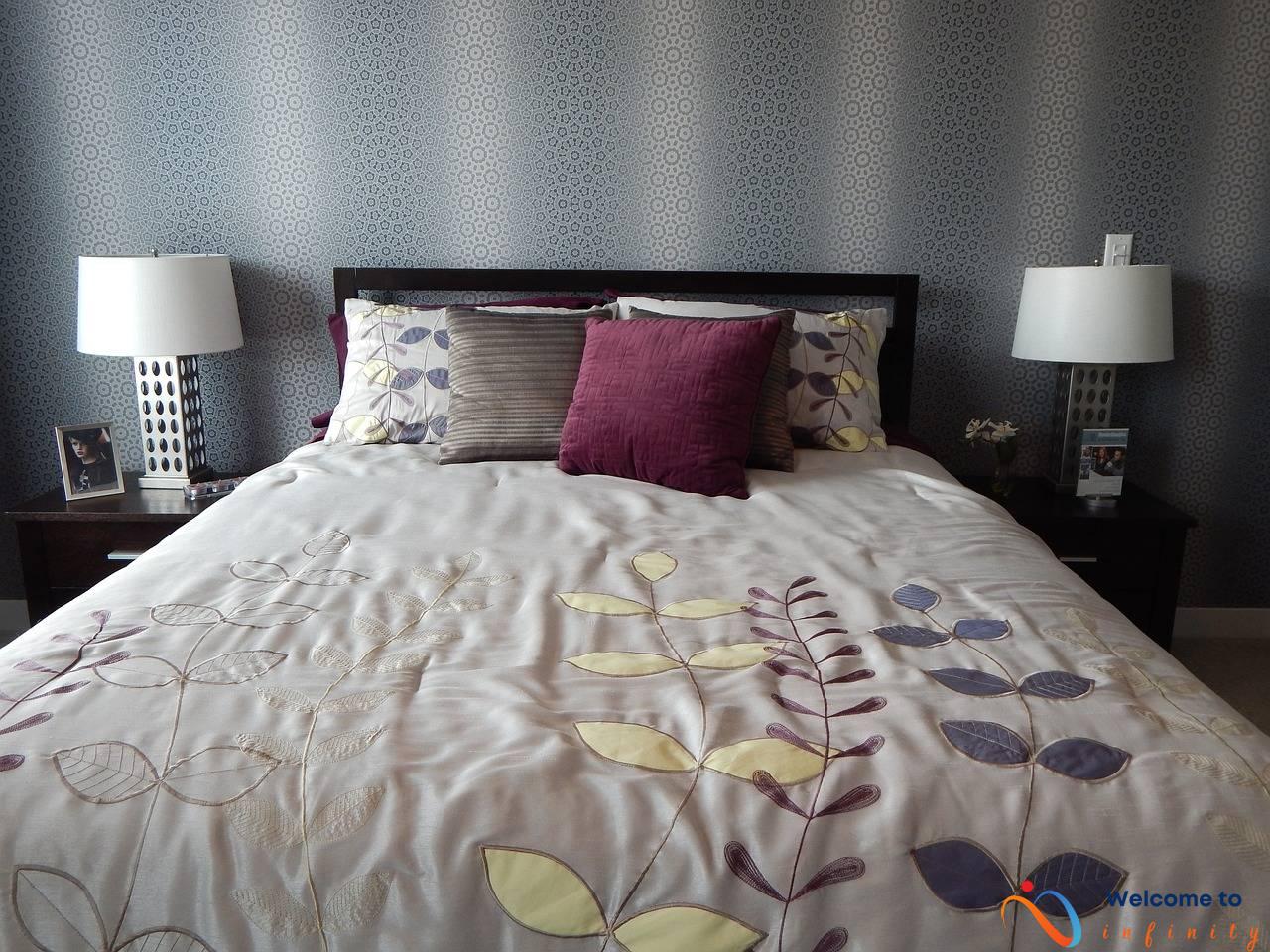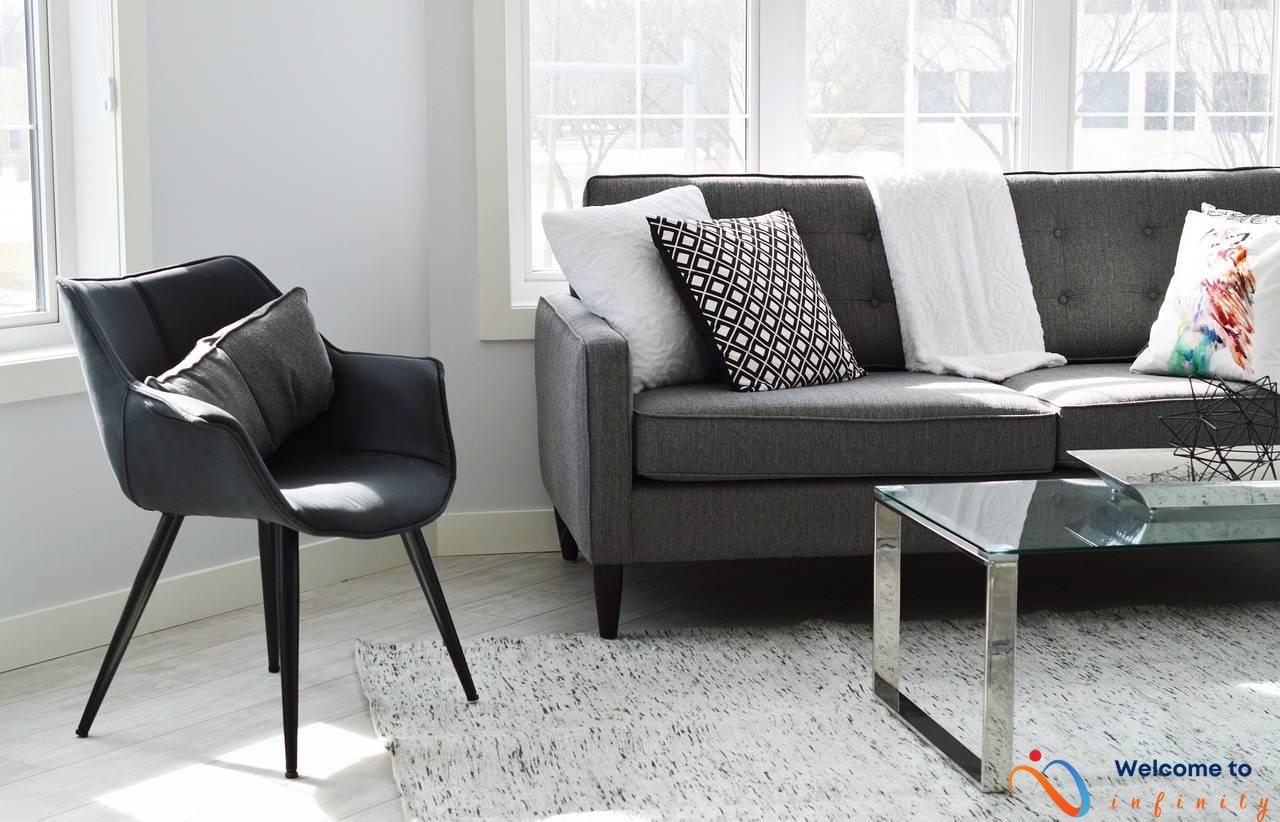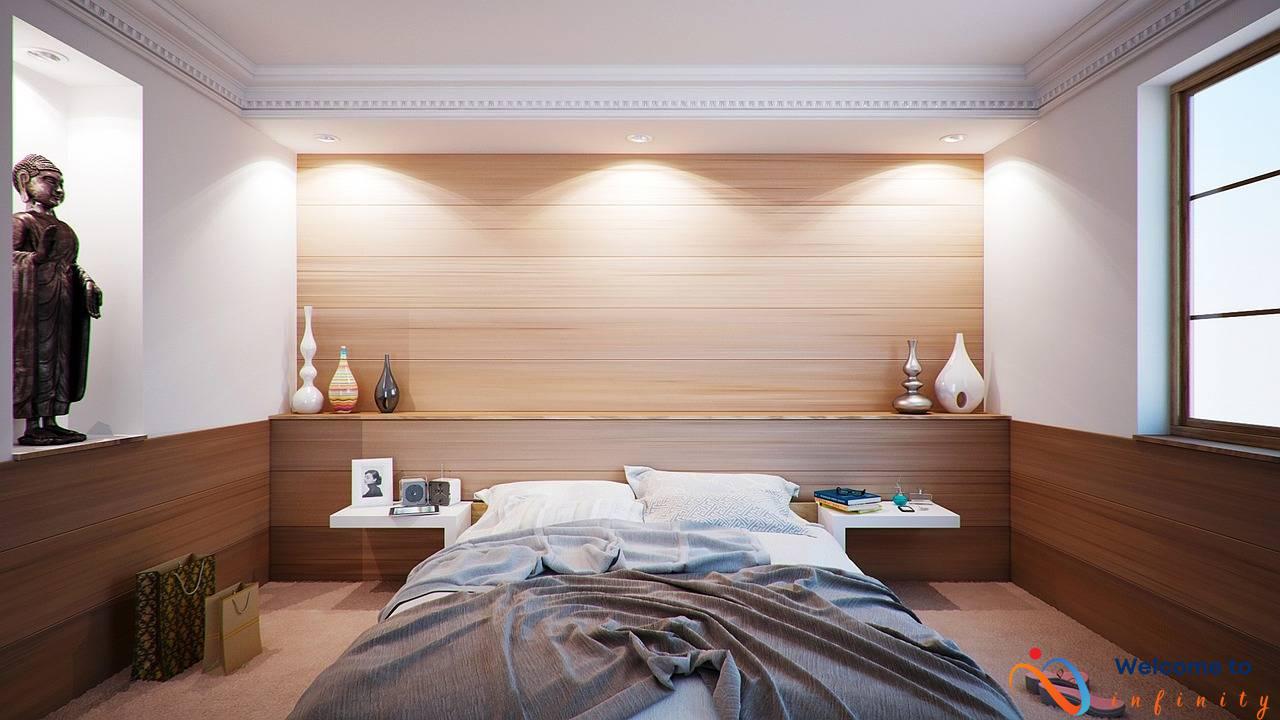If you're thinking of revamping your kitchen, one of the easiest ways to give it a fresh look is to pick a new color scheme. Choosing the perfect color scheme can also help you express your personal taste and fit your specific needs.
Before you start picking colors, think about your personal style. If you prefer modern designs, a monochromatic scheme with black, white, and gray hues can add a sleek look to your kitchen. If traditional is more your style, consider warm earthy tones like beige or taupe.
Another factor to consider in selecting your color scheme is your kitchen's lighting. If your kitchen is dimly lit, bright colors like white, yellow, and mint green can help liven up the space. To enhance the lighting in your kitchen, consider adding pendant lights or under-cabinet lighting to highlight the colors you've chosen.
The size of your kitchen should also be taken into account when choosing a color scheme. Light colors like beige and gray can make a small kitchen appear more spacious, while dark colors like navy blue or green can add depth and warmth to a larger kitchen.
To make your color scheme pop, consider choosing a focal point color that stands out against the scheme you've chosen. You can also add depth to your kitchen design by using natural textures or metallic finishes as accent colors.
In summary, selecting the perfect color scheme for your kitchen remodel relies on your personal style, lighting, and size of the space. Take time to consider these factors when selecting your colors for your revamped kitchen design – your taste and needs should be the primary guides behind your final choices.
Consider Your Personal Style
If you're planning to remodel your kitchen, the first thing you should consider is your personal style. Your kitchen should reflect your taste and personality. Color schemes can range from bold and vibrant hues to subdued and muted tones. It's essential to choose a color scheme that complements your personal style, be it modern or traditional. You don't want your kitchen's color scheme to clash with the rest of your home's decor. Therefore, it's crucial to choose a color scheme that is consistent with your personal taste and blends seamlessly with the rest of your home.
Consider colors that express your personality. If you're a bold and adventurous person, choose bright and vibrant colors such as red or orange. If you're more subdued and prefer a minimalist aesthetic, neutral colors like beige or grey might be the way to go. If you're not sure which colors to choose, consider creating a mood board or consulting with a professional home designer. They can help you choose colors that suit your style and elevate your kitchen design.
Your color scheme doesn't have to be limited to just the walls and cabinets. You can add splashes of color in unexpected places like kitchen appliances, stools, or even dishware. Remember, it's your kitchen, so feel free to infuse your personal style and make it uniquely yours.
Think About Lighting
When choosing a color scheme for your kitchen remodel, it's important to take into account the lighting in your space. The amount of natural light that your kitchen gets can greatly impact the way that colors appear in the room.
For kitchens that receive little natural light, it's best to choose brighter colors that can liven up the space. Shades of white, yellow, and mint green work well in dimly lit kitchens and can make the space feel brighter and more inviting.
| Best Bright Colors for Dark Kitchens |
|---|
| White |
| Yellow |
| Mint Green |
In addition to choosing bright colors, it's also important to think about adding additional lighting to your space. Pendant lights or under-cabinet lighting can brighten up your kitchen and highlight your color choices.
If your kitchen receives an abundance of natural light, soft colors like blue, green, and grey work well and won't overpower the space. These shades can create a serene and calming atmosphere in your kitchen.
| Best Soft Colors for Light Kitchens |
|---|
| Blue |
| Green |
| Grey |
When it comes to larger kitchens, choosing the right color scheme can help create the illusion of space. For smaller kitchens, it's best to stick with neutral colors like beige and grey, as they can make the space feel larger.
- Neutral Colors for Small Kitchens:
- Beige
- Grey
For larger kitchens, dark colors like navy blue or deep green can add depth and warmth to the space. These hues can create a cozy and inviting atmosphere and make the kitchen feel less overwhelming.
- Dark Colors for Large Kitchens:
- Navy Blue
- Deep Green
Regardless of the size of your kitchen, it's important to choose a focal point color that stands out. This could be a bold shade like red, or a metallic finish like copper.
By taking into account the lighting in your kitchen and choosing a color scheme that works with it, you can create a stunning and personalized space that you'll love spending time in.
Best Colors for a Dark Kitchen
When it comes to giving a facelift to a dim kitchen, choosing the right color scheme is crucial. Dark kitchens can be challenging to light up, but with the right color selection, you can breathe new life into the space. Bright colors like white, yellow, and mint green can work wonders in brightening up a dim kitchen. These colors create a striking contrast against darker cabinetry and countertops and add a pop of color that can liven up the space. Another great way to add brightness to a dark kitchen is by opting for glossy finishes. High gloss cabinetry or backsplash reflects light, boosting the amount of light in the room. Additionally, adding pendant lights or under-cabinet lighting fixtures can help to brighten up the space while also highlighting your color selections. When selecting the perfect color scheme for a dark kitchen, it's crucial to avoid dark colors, as this can only make the space appear even gloomier. Instead, opt for light, bright colors that reflect light and create a cheerful atmosphere. With the right color selection and lighting fixtures, your once-dark kitchen can transform into a bright and welcoming space where you can enjoy preparing meals and entertaining guests.
Lighting Tips for a Dark Kitchen
If your kitchen is poorly lit, there are a few things you can do to brighten up the space and showcase your new color scheme. One option is to add pendant lighting above your kitchen island or dining table. Not only will it provide much-needed extra light, but it can also serve as a stylish focal point in your kitchen.
Another option is to install under-cabinet lighting. This type of lighting will not only brighten up your countertops, but it can also highlight your cabinets and backsplash. LED strips and puck lighting are both popular options for under-cabinet lighting.
When choosing your lighting fixtures, consider the color of the light they emit. Warm white and cool white are the two most common options, with warm white being more yellow and soft and cool white being more blue and bright. Choose a color that compliments your color scheme and personal style.
Lastly, don't be afraid to mix and match different types of lighting for a layered and dynamic effect. Combining different types of fixtures and bulbs can create a cozy and inviting atmosphere in your kitchen.
Best Colors for a Light Kitchen
A well-lit kitchen is a great space to experiment with color, but it's important to choose a color scheme that complements the light and doesn't overpower the space. Opt for soft colors like blue, green, and grey for a light kitchen.
Blue is a popular choice for kitchens, as it creates a calming atmosphere and pairs well with other colors. It's also a versatile color that can be used as a subtle accent or as the main color in your scheme.
Green is another popular choice for kitchens, and it's not hard to see why. It's a refreshing color that is associated with nature and can create a sense of balance and harmony in the space.
If you're looking for a neutral color that's not white, grey is a good option. It's a sophisticated color that can create a cool and calming atmosphere in the kitchen while also providing a great backdrop for other colors and textures in your scheme.
- Blue: creates a calming atmosphere, pairs well with other colors, versatile
- Green: refreshing, creates balance and harmony, associated with nature
- Grey: sophisticated, creates a cool and calming atmosphere, good backdrop for other colors and textures
When choosing your color scheme, it's important to also consider the other elements in your kitchen. For example, you may want to choose complementary colors for your countertops, cabinets, and backsplash. You can also layer in pops of color through accessories like dishware, linens, and artwork.
Ultimately, the perfect color scheme for your light kitchen will depend on your personal taste, the design of your space, and the mood you want to create. Experiment with different colors and combinations until you find the one that feels just right for you.
Consider the Size of Your Kitchen
If you are planning a kitchen remodel, it's important to consider the size of your kitchen when choosing a color scheme. Light colors, such as white, beige, and pastels, are great choices for small kitchens because they help create an illusion of more space. These colors reflect light and make the space feel brighter and more airy.
On the other hand, if you have a larger kitchen, dark colors like navy blue, emerald green, and even black can add depth and richness to the space. These colors create a cozy and intimate feel in a large kitchen. However, it's important to balance the dark colors with lighter shades, such as white or light grey, to prevent the space from feeling too heavy.
Another option for adding depth to larger kitchens is to incorporate textures and patterns into your color scheme. A mosaic tile backsplash or a patterned rug can create visual interest and highlight different areas of the space.
When considering the size of your kitchen, it's also important to pay attention to your countertops and cabinets. If you have dark countertops or cabinets, a lighter color scheme on the walls and backsplash can balance out the darkness and create contrast.
Lastly, don't be afraid to incorporate a single bold color as a focal point in your kitchen. A bright red accent wall or a vibrant blue island can add personality and pizzazz to any kitchen, regardless of its size. Just be sure to balance the bold color with more neutral shades to avoid overwhelming the space.
Best Color Schemes for Small Kitchens
If you have a small kitchen, choosing the right color scheme can make all the difference in making it appear larger and more spacious. When it comes to small kitchens, neutral colors like beige and grey are your best bet. These colors reflect light and create an illusion of more space.
Beige is a warm and inviting color that works well in small kitchens. When paired with white or cream cabinets, it can create a cozy and elegant look without making the space appear cramped. If you prefer a cooler tone, grey is a great alternative to beige. Shades of grey like light grey or greige (a combination of grey and beige) can add depth and character to a small kitchen.
When it comes to the kitchen walls, it's best to stick with light shades of beige or grey. This will reflect natural light and make the room appear brighter and more open. If you're worried about the space feeling too plain or boring, you can always add pops of color with accessories like dishes, curtains, and rugs.
Another trick to making a small kitchen appear spacious is to keep the cabinets and countertops uncluttered and organized. This will not only help you find what you need quickly and easily, but it will also make the space feel less cramped. So, when choosing a color scheme for your small kitchen, remember to stick with neutral colors like beige and grey for a fresh and spacious look.
Best Color Schemes for Large Kitchens
When it comes to designing color schemes for large kitchens, think deep, rich colors like navy blue or deep green. These dark hues can add depth and warmth to a bigger space, creating an inviting atmosphere for cooking and entertaining.
Pair navy blue cabinets with brushed gold hardware for a classic look, or use deep green tiles for a modern twist. Dark colors work well with natural wood tones, so consider using a dark stain for your floors or furniture.
If you're not ready to completely commit to a dark color scheme, you can always use them as accents. Painting your kitchen island or backsplash with a rich, dark color can make it stand out and add interest to your space. You can also use dark-colored textiles like curtains or chairs to bring in color without overwhelming the space.
When using dark colors, it's essential to have enough light in your kitchen to balance out the richness. Consider adding pendant lights or under-cabinet lighting to brighten up your space and highlight your color choices.
- Navy blue
- Deep green
- Dark wood stains
These are all great options for adding depth and warmth to your large kitchen. Pair them with metallic finishes or natural textures, and you'll have a space that's both inviting and stylish.
Choose a Focal Point Color
If you want to add a pop of color to your kitchen design, consider choosing a focal point color that stands out. This can be a bold shade that complements the rest of your color scheme or a contrasting hue that creates an eye-catching feature.
When choosing your focal point color, consider which element of your kitchen design you want to draw attention to. This could be your cabinets, backsplash, or even your appliances. For example, if you want your backsplash to be the focal point, consider a bright and bold tile design that stands out against the rest of your kitchen.
You can also use a focal point color to tie your design together. For example, if you have neutral cabinets and countertops, a bold red or navy blue can add depth and interest to your space. Consider using small accents of the focal point color throughout your design, such as in your decor or small appliances, to create a cohesive look.
When choosing your focal point color, remember to balance it with the other colors in your kitchen. Too much of a bold color can overwhelm the space, so use it in moderation and consider adding neutrals or softer shades to balance it out.
Overall, choosing a focal point color can add personality and interest to your kitchen design. Don't be afraid to be bold and pick a color that truly reflects your personal style and taste.
Accent Colors to Consider
When choosing a color scheme for your kitchen remodel, it is important to consider accent colors that can add depth and texture to your design. One way to achieve this is by incorporating metallic finishes, such as brushed copper or pewter, into your color palette. These finishes can add a touch of luxury and glamour to your kitchen design.
Natural textures can also be used as accent colors to add depth to your kitchen. Consider using wooden countertops or exposed brick walls to create a warm and inviting ambiance. Stone or marble backsplashes can also add texture to your kitchen design and create a sophisticated look.
When using accent colors, it is important not to overdo it. Choose one or two accent colors that complement your main color scheme. Consider using a neutral color palette with a pop of metallic or texture to avoid overwhelming the space.
Another consideration when using accent colors is to use them in areas where they will have the most impact. For example, consider using metallic finishes for your cabinet hardware or light fixtures to create a focal point. Use natural textures for backsplashes or focal walls to add depth and interest to your kitchen design.
Overall, accent colors can be a great addition to your kitchen remodel design. By using metallic finishes and natural textures, you can add depth and texture to your color scheme and create a stunning and cohesive look.


